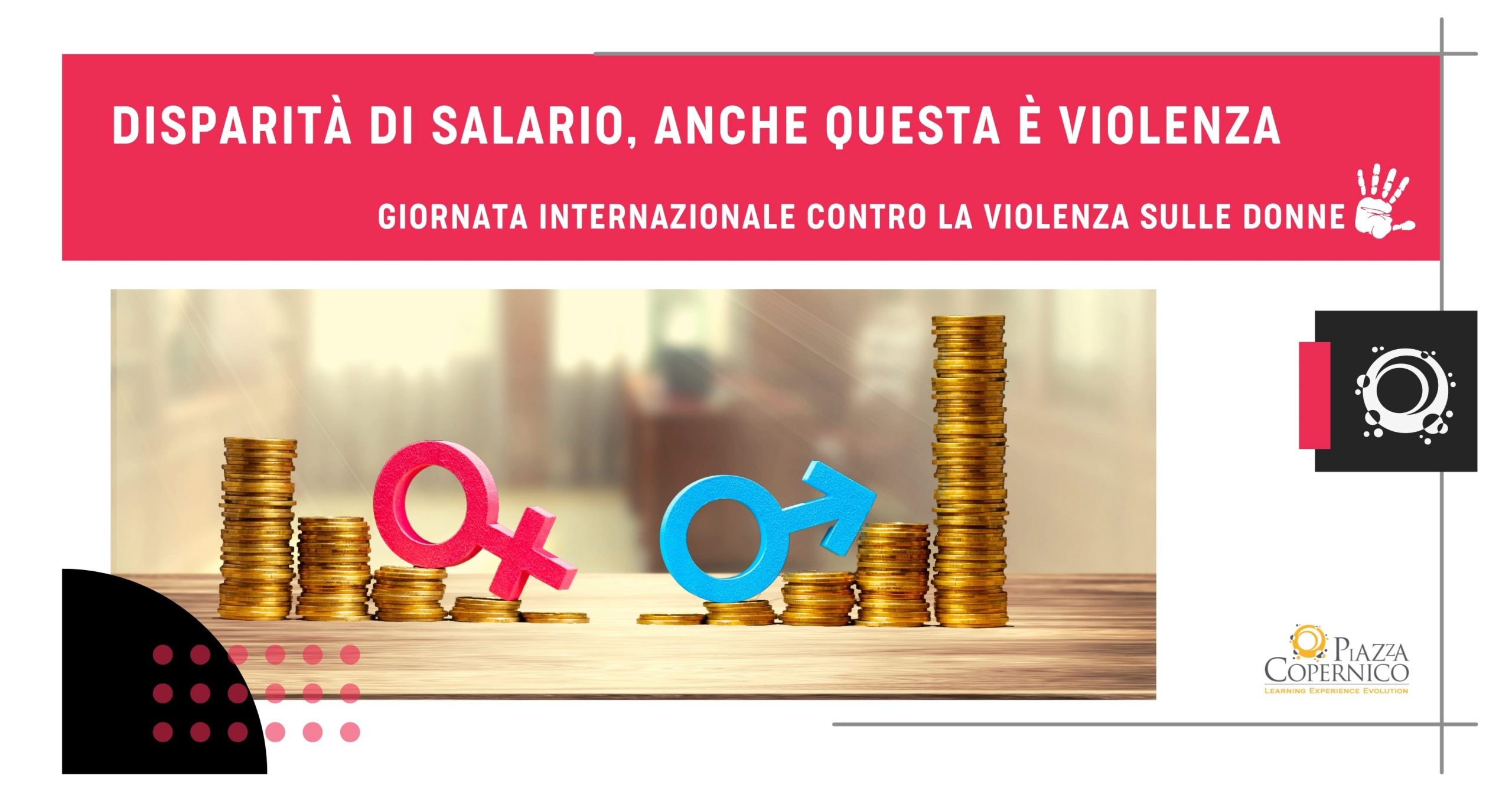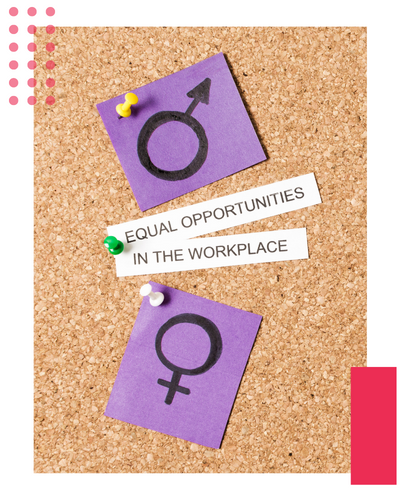

When you say that something is a chimera, we want to understand that it is an illusion, a fantasy, a beautiful dream but devoid of connection with reality, and therefore also of the possibility that it will actually come true.
FEW DATA TO UNDERSTAND THE SITUATION
WOMEN WHO HAVE A WORKING OCCUPATION



Just look at these simple tables to understand that the much-hyped gender equality is still a long way off.
The European average is just above 60% of employed women, a threshold that was set as the target for Europe in the year 2010.
If we then go to Italy, the situation becomes even less rosy, on average more than 10 points below that objective of 12 years earlier.
And if we observe with horror that in some regions of the South not even 1 in 3 women work, even "rich" regions such as Lombardy, Veneto, Piedmont are unable to reach the now obsolete threshold of 60%.
If we then read the data on female entrepreneurship and the presence of women in top positions, we understand well how the situation is far from rosy.
A STRUCTURAL PROBLEM WHICH HAS NOT BEEN ADDRESSED YET
Given that Europe as a whole does not shine in terms of foresight in this field, in Italy the question of women's work is a structural problem that comes from afar.
And in which even with the funds of the PNRR, very little is invested, with small interventions that are certainly useful (200 million – very few – allocated with the Women's Entrepreneurship Fund of the Mise, quotas – limited to 30% – reserved for the hiring of women and young people, paternity leave – of 10 days!, coverage of expenses for the construction of nurseries), but without a precise system strategy.
Female employment is one of Italy's main structural problems, and is still not being tackled as such but only with emergency interventions.
WE SUPPORT GOAL 5 – GENDER EQUALITY (2030 AGENDA FOR SUSTAINABLE DEVELOPMENT)
Goal 5 aims at achieving equal opportunities for women and men in economic development, the elimination of all forms of violence against women and girls, and equal rights at all levels.
We mention two points in particular, not because all the others are not important but only because they are directly relevant to what we are analyzing:

- 5.4: Recognize and value care and unpaid domestic work, providing a public service, infrastructure and social protection policies and promoting shared responsibilities within families, in accordance with national standards.
- 5.5: Ensure full and effective female participation and equal opportunities for leadership at all levels of decision-making in political, economic and public life.
Gender inequalities are still today one of the major obstacles to sustainable development, economic growth and the fight against poverty.
Promote gender equality e female empowerment it can allow significant progress to be made in the schooling of girls and in the integration of women into the labor market.
Accelerating the process of gender balance and valuing female talents is a great opportunity for the diffusion of a more multidisciplinary, innovative, competitive and welcoming culture.
The underestimation and underpayment of women's work is in fact a form of violence.
Let's not waste any more time.